The I visa or journalist visa is a work visa for employees in the field of media, press and broadcasting who are temporarily staying in the USA for journalistic purposes within the scope of their official activities. We have assisted well-known broadcasters, film companies and television productions with their I-visa applications. We would be happy to assist you as well.
Visa category: Work visa
Target group: Journalists and media representatives (camera / sound) for the production of news / reports / films
Validity: max. 5 years
Length of stay: Border officers determine the duration based on the order period (duration of status - D/S) or, in exceptional cases, a specific date
Special features: Advertising / entertainment not permitted
The I visa is a nonimmigrant visa for the US specifically for foreign media representatives who wish to enter and stay in the United States temporarily to pursue their profession. The I category is officially named Foreign News Media and allows a temporary work assignment in the United States for journalistic purposes.
Individuals who wish to enter the United States as a journalist or correspondent in the context of media work may qualify for a journalist visa. This is possible if, for example, you work for an American media bureau or newspaper in Germany and wish to report on events from the United States for an audience outside the United States.
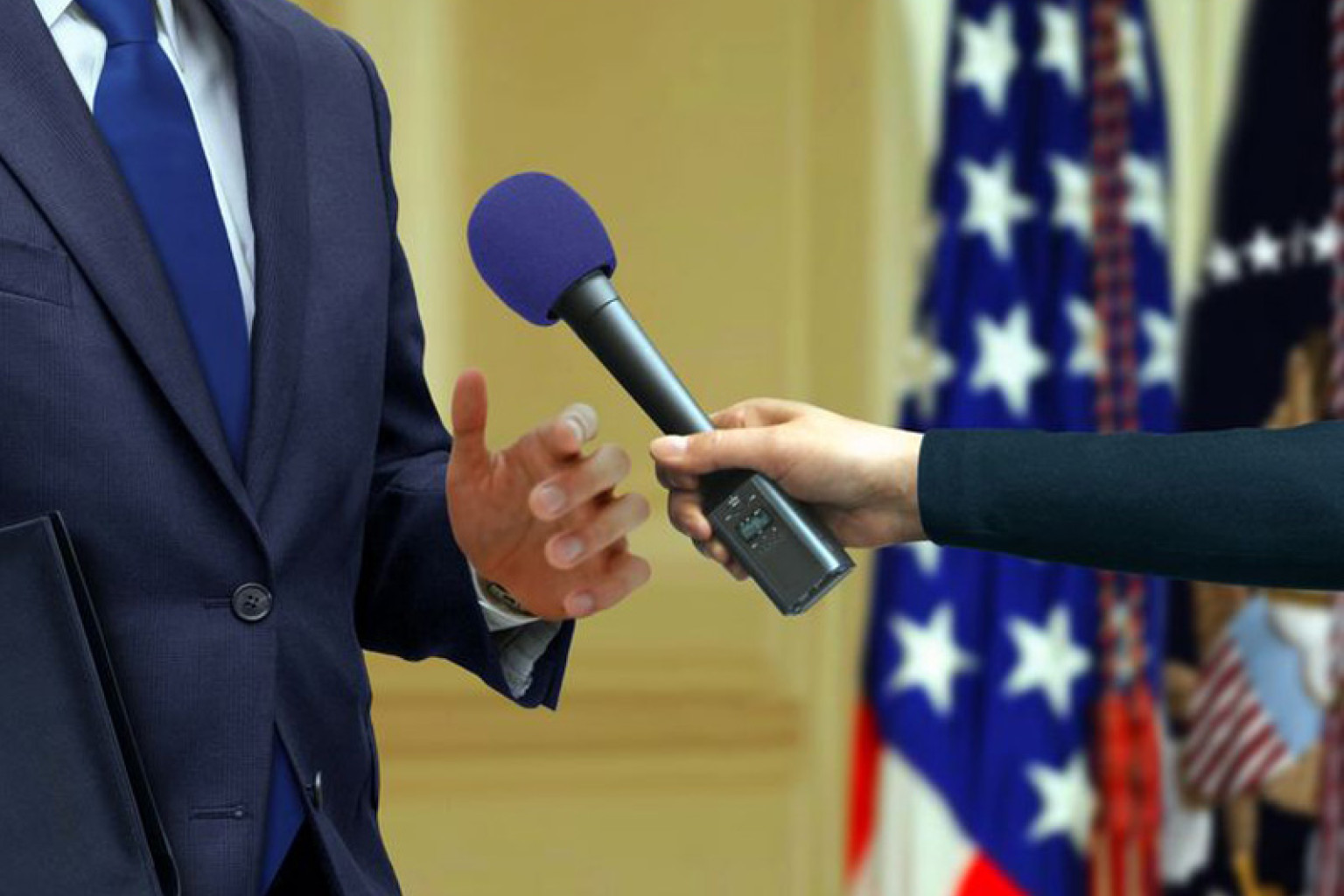
Journalists or (freelance) media employees do not always require a visa. It is not the mere job title as a journalist, but the specific purpose of stay that determines whether media representatives require a visa and if so, which one.
As with all US visa categories, a wide variety of criteria must be met in order to qualify for the journalist visa. Below we guide you step by step through the catalog of requirements.
In principle, the following groups of persons are eligible:
Employment as a media representative must be verified.
Furthermore, applicants must in any case maintain a permanent residence outside the US and intend to travel to the United States only for a temporary stay. Proof of sufficient financial means to support the stay in the US also plays a not inconsiderable role in the visa application review, especially for self-employed persons.
Individuals or companies that produce commercial (film) projects (e.g. commercials) or entertainment formats (documentary soaps, reality TV, etc.) are excluded from the I visa category.
Such activities require a temporary US work visa – typically an H visa, O visa or P visa – which also includes applying for a work permit from the U.S. Citizenship and Immigration Services (USCIS). Please note that, unlike the I visa, the preparation and processing for an H, O, or P category can take several weeks or months. The process should therefore be started as early as possible. Entry under the Visa Waiver Program with ESTA and a subsequent change of status to a work visa is not permitted, nor is the use of a B visa, which is usually quicker to obtain.
Persons working on the production and distribution of films, reports, articles etc. only fulfill the entry requirements for an I visa if the journalistic activity serves to disseminate information or news, i.e. is of a documentary or information-related nature. Furthermore, the main source of funding and the most important subsequent "place of dissemination" must be outside the United States.
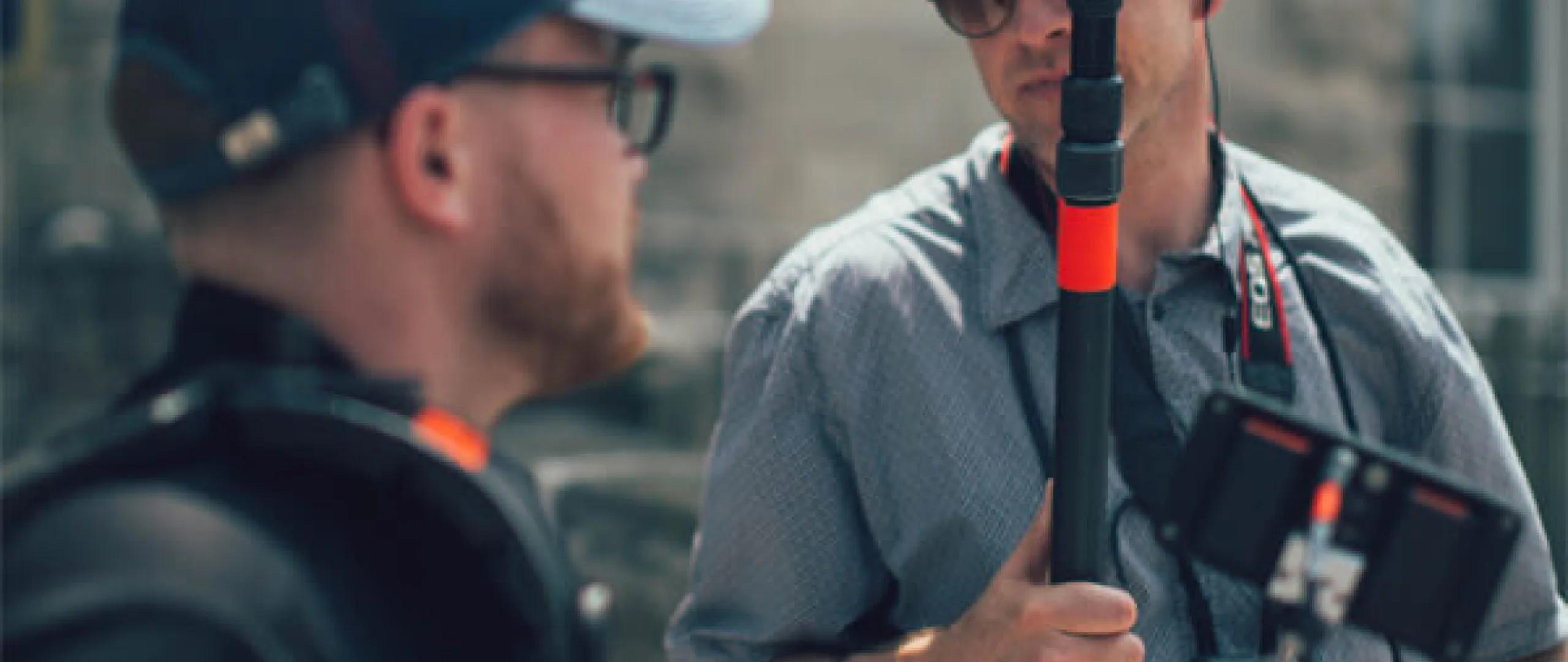
With an I visa, foreign media professionals are normally allowed to stay in the United States for as long as they are working as journalists there. Usually, the notation "D/S" (duration of status) is therefore entered on the electronic I-94 form and, if applicable, on the entry stamp in the passport upon entry. This means that the person is allowed to stay in the US for as long as they are engaged in journalistic activities. Once these activities end, they must leave the United States immediately.
In exceptional cases, a specific departure date may be set upon entry. Travelers must then leave the US by the date noted on the I-94 or in their passport at the latest to avoid overstaying.
However, the actual length of stay is determined individually by US border officers upon each subsequent entry and noted on the electronic I-94 form or on the entry stamp in the passport. Media professionals are therefore granted a new status of stay at the border crossing and should therefore be able to credibly demonstrate the purpose and duration of their stay in the US upon each entry.
Media representatives may stay in the US more frequently for journalistic reasons. As long as the I visa is valid, they may enter the United States multiple times without having to apply for a new visa.
As a rule, I visas are issued for a maximum period of 5 years. However, depending on the specific journalistic project, a time limit may be imposed, for example 1 year.
If media representatives frequently stay in the United States for journalistic purposes and travel to the US multiple times, they do not have to reapply for an I visa each time.
Incidentally, I visa holders may only stay in the United States for as long as the journalistic activity specified upon entry continues under the same conditions or as specified in the I-94.
From a technical point of view, a visa cannot be extended, as every visa, regardless of the category, always requires a new application. An I extension therefore requires a completely new application. However, it is possible to apply for a new I visa in good time before or after an old I visa expires. The I visa can be reapplied for as often as required.
It is important to note that the remaining period of validity of your old visa is not automatically transferred to the new visa. In addition, prior approval of the I visa does not necessarily guarantee a new visa approval. All application documents, including application forms and supporting documents, must be resubmitted to the U.S. Consulate or Embassy.
It is therefore advisable to prepare the application carefully and ensure that all required documents are complete. This will minimize potential delays or rejections during the reapplication or renewal process.
When planning to reapply for your I visa, you should bear in mind that processing times can vary considerably depending on the relevant US consulate or embassy. It is therefore advisable to allow sufficient lead time.
The visa fee for the I visa is 166.50 € (185 $) per applicant. This general application fee of the US consulates or US embassies must be paid by all applicants and is neither refundable nor transferable to other persons.
The payment of the processing fee can be made by online bank transfer, online payment by debit card or cash payment at a bank.
As a rule, this fee can be used to make an appointment within one year of the payment date.

Furthermore, additional costs may be incurred for certain applicants, such as
You can find more information about the different visa fees, other possible costs and the current payment methods on our fees page.
Please note that applying for an I visa requires a thorough understanding of the process and careful planning of the necessary steps. From choosing the right type of visa according to the purpose of the trip to filling out the application forms correctly and preparing for the visa interview, there are many important aspects to consider.
The following section explains the individual steps for applying online for an I visa for the USA and provides guidelines for a successful visa application.
Applicants for an I visa between the ages of 14 and 79 must generally go through the consular procedure and should attend an interview in person at one of the relevant US consulates. In addition to the general application documents, documents relating to the employment relationship, purpose of entry and other evidence of the intention to return should be submitted. The application is usually made at the US consulate of the country in which the applicant has their center of life.
All requirements for the applicant and all necessary documents must be fulfilled or available in advance of the visa application.
In our experience, the application for the I visa, from the preparation to the examination by the US authorities to the receipt of the visa, takes about four to eight weeks in most cases.
The duration of the application process depends heavily on the waiting time until the interview appointment. The availability of visa interview dates for the I category is in turn dependent on the respective US consulate or embassy and the season. You should therefore allow sufficient time for an I application.
Journalists, media representatives or (freelance) media contributors do not need an I visa for every trip to the United States simply because of their status as journalists. For example, if an editor travels to the US exclusively for a short meeting, they do not automatically have to apply for an I visa, but rather (depending on their nationality) an ESTA or a visitor visa.
An I visa is only required if the journalistic activity in the US is carried out, for example, as part of specific reporting on behalf of a foreign media company.
It is not the mere job title of journalist, but the specific purpose of the stay that determines whether media representatives need a visa and, if so, which one.
To apply for an I visa for the USA, applicants must follow the steps below:
The first step in applying for an I visa for the USA is to fill out the electronic visa application form DS-160 on the website of the U.S. Department of State.
The online application form must contain detailed information about the applicant and the planned stay in the USA. You should have the following documents ready when completing the DS-160 form:
A few days after submitting your DS-160 form, you can check the status of your visa application online.
Did you know that the professional processing and return of your DS-160 is part of our service?
Create a visa profile on the website of the visa information service through which I visa applications are processed.
Here you can also pay the visa processing fee and make an appointment for the visa interview.
Pay the application fee: Pay the I visa fee in the amount of 166.50 € (185 $). Payment can be made online or in cash.
Make an appointment for the visa interview: Make an appointment now for the visa interview. This is done online via the visa profile.
If you commission our US Visa Service, we will create the required online profile, pay the consular visa application fee and arrange the appointment for the personal interview with the US consular officers.
Show up personally on the day of the interview in the US consulate or at the US embassy. Your documents will be checked there and you will be interviewed by the consular officers.
The following documents must be prepared and brought along for the appointment:
Be prepared to answer questions about your visa application, your planned stay in the United States and other relevant topics.
As a rule, I visa applicants are informed at the end of their visit to the US consulate or embassy whether or not their visa application will be approved.
Our visa consultants will prepare you perfectly for this important appointment and provide you with the necessary documents to ensure that your visa interview runs as smoothly as possible.
If your I visa application is approved, you will receive your passport with the I visa returned by post or can arrange a pick-up appointment.
The I visa contains numerous pieces of information that serve to identify the holder and define the rights and restrictions during the stay in the United States.
It is important to check this information carefully and ensure that it meets the requirements of your planned stay in the US.
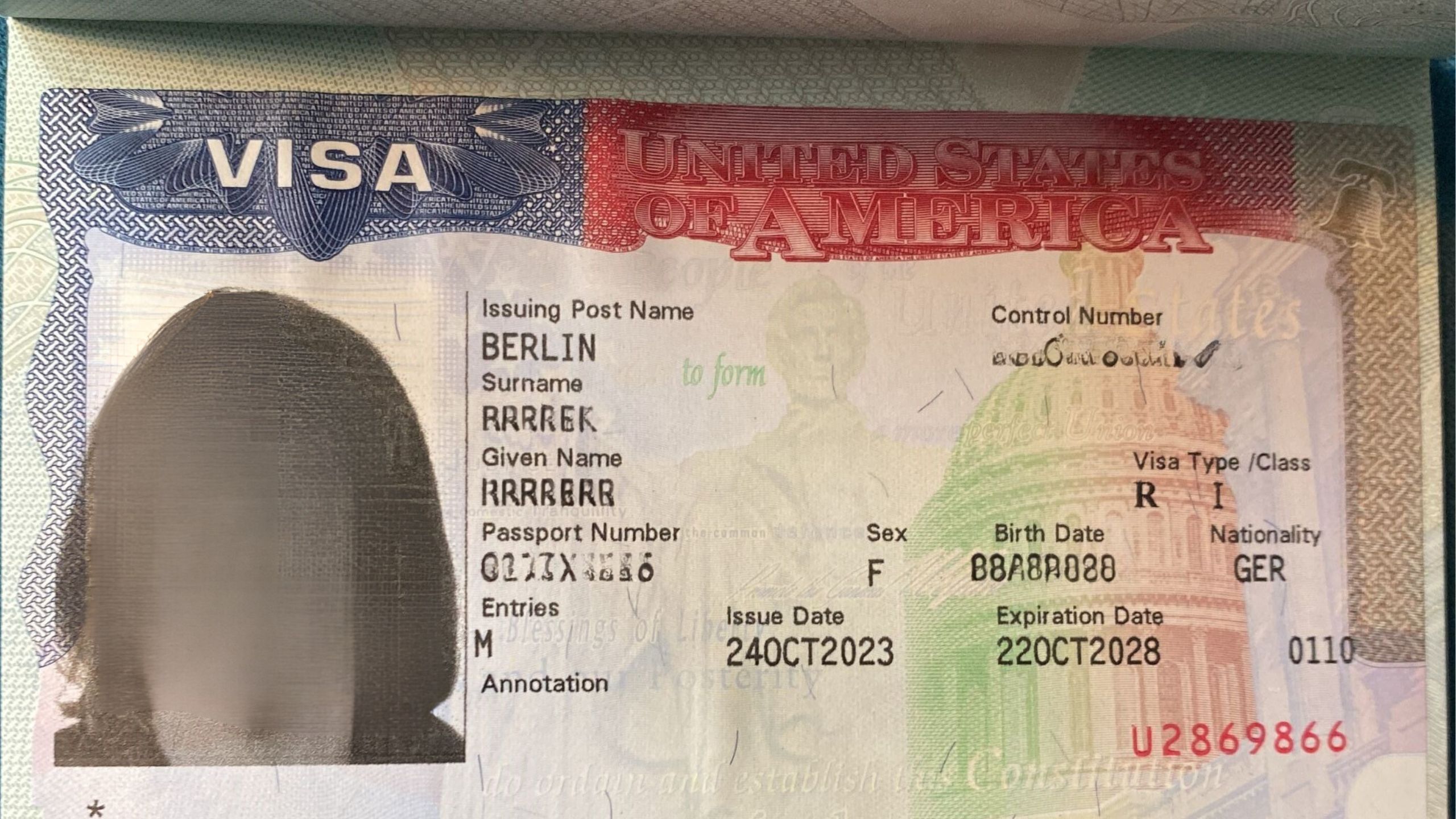
The following data and information can be found on a US visa:
The foreign missions of the United States of America, i.e. the US consulates or US embassies, are responsible for issuing visas.
The decision on whether or not to issue a visa for the USA is usually made by the US consular officers on the day of the visa interview. I visa applicants will therefore normally find out at the interview appointment whether the visa will be issued.
You can check your status online at any time via your profile.
Your I visa was granted verbally by the US officers and is now being finalized.
After the I visa has been printed or issued in the passport, the passport with the corresponding US visa will be sent by post.
In some cases, US consular officers determine not to approve the I visa immediately and issue a visa denial under Section 221(g) of the Immigration and Nationality Act (INA). The consequence of this is the so-called Administrative Processing. The US visa application therefore requires a further security check and is subject to additional processing steps. Further documents or information may be required from you.
If the US officers conclude that you do not qualify for the I visa category, your US visa application will be denied. The denial does not have to be justified, but applicants who are denied a visa are usually given further instructions on the day of the interview appointment or sent a denial letter after a certain processing time.
The reasons vary greatly depending on the visa category and applicant (e.g. assumption of an intention to immigrate, suspicion of illegal employment, incorrect application documentation).
After the refusal of an I visa applicants can submit a new application at any time. There is theoretically no waiting period until the next submission.
In our experience, however, it is only advisable to reapply for the same category if the conditions or circumstances have changed since the first visa application and you are able to provide evidence of these changes or new circumstances.
It makes little sense to apply for a new visa if you are still unable to meet the requirements of the respective visa category (e.g. proof of intention to return to your home country, financial means, proof of specialized professional knowledge). In practice, a new I visa application can therefore only be successful after several months or even years.
After a visa refusal, applicants must resubmit the entire visa application. Under certain circumstances, an alternative visa category may also be considered for a work visa, which should be carefully examined on a case-by-case basis. However, it is not possible to lodge an appeal against a visa refusal.
Visa requirements are not met
Applicants often do not meet the required conditions for the visa category applied for. Among other things, this may be due to the fact that no sufficient ties to the home country can be proven, financial resources are insufficient or the US company cannot prove that it exists properly as a US company and hires and pays its employees accordingly. Insufficient professional experience or qualifications can also be reasons for rejection.
Discrepancies during the visa interview
Discrepancies may also occur during the visa interview, especially if the visa category applied for does not match the intended purpose of entry. This can lead to the assumption of an intention to immigrate or the presumption of illegal employment.
Errors in the visa application
It is not uncommon for application documents to be incomplete, information in the DS-160 visa application form to be incorrect or for the visa application not to have been prepared thoroughly enough.
Other reasons
Personal circumstances of the applicant can also lead to rejections, including previous convictions, terrorist backgrounds, infectious diseases or past immigration offenses such as illegal residence or illegal work in the USA. Conspicuous behavior during previous entries can also play a role.
The consequences of a rejected I visa application depend on the reason for rejection.
The US authorities are not obliged to give reasons for the refusal, but you can politely ask for the reason for the refusal at the interview appointment at the US consulate or embassy. This information will be helpful if you wish to reapply for the I visa.
You should make careful preparations for your second attempt I visa application. This includes selecting the correct visa category, filling out the DS-160 online form completely and correctly, and collecting relevant supporting documents.
We advise you on the choice of the appropriate visa category and take over the complete processing for you or your company.
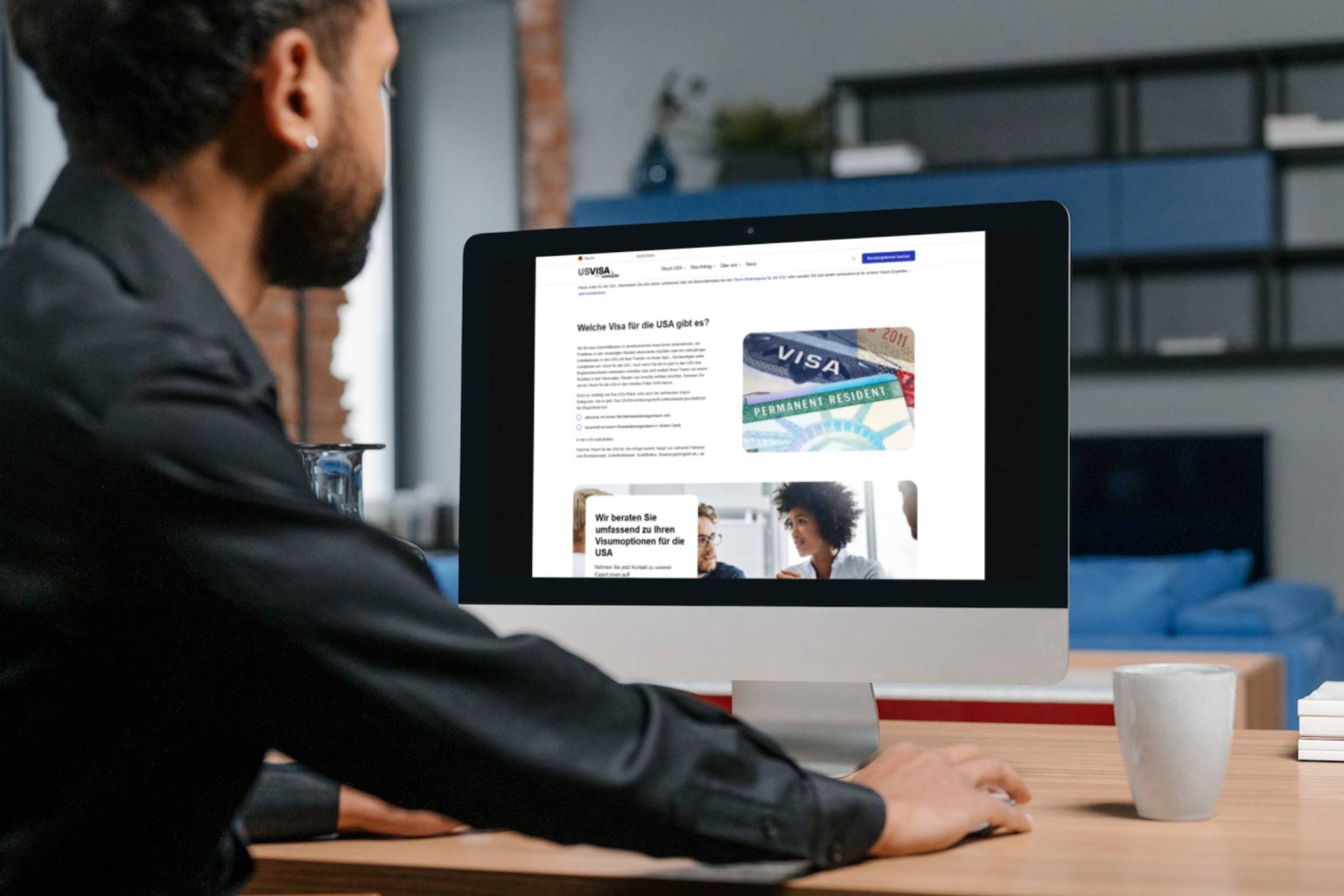
Many applicants wrongly assume that an approved US visa automatically guarantees entry to the United States. In fact, an I visa in your passport is not legally a residence permit and therefore does not automatically grant you permission to enter the USA. With a valid US visa, you can only apply for entry into the United States at the border crossing (e.g. airport).
The final decision on entry lies with the U.S. Customs and Border Protection border officials, who check the visa for the USA on entry. They will decide whether you are allowed to enter the country and, if so, for how long you will be granted residence status. This means that you may be refused entry under certain circumstances.
After receiving an entry permit, it is advisable to check online in the I-94 or on the entry stamp in your passport to see how long you are legally allowed to stay in the United States.
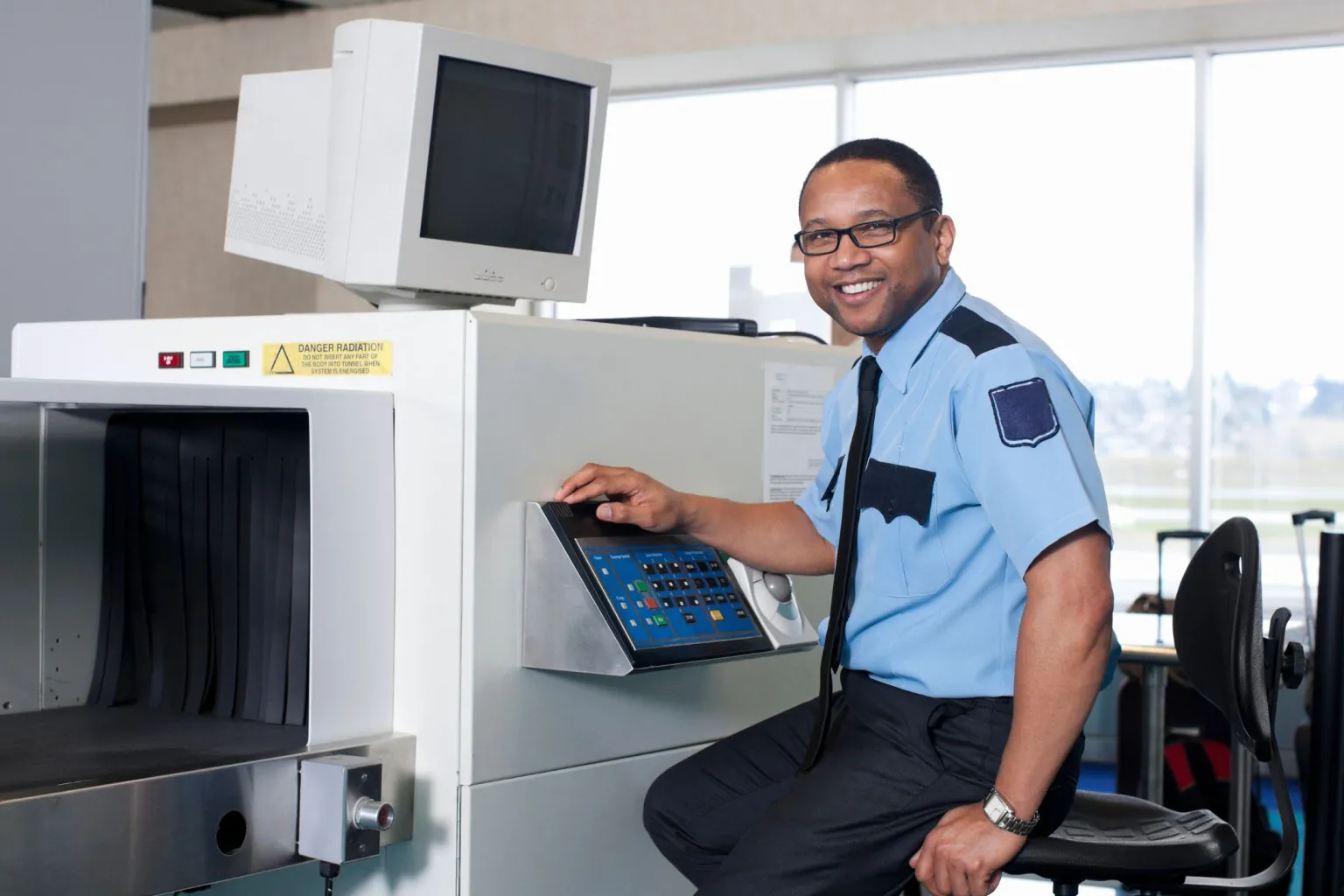
By the way: With Global Entry, certain biometrically registered and security-checked travelers can complete entry formalities independently and automatically at almost all major US airports. This allows foreign nationals to avoid long waiting times and enter the USA more quickly.

No, the I visa does not entitle the holder to take up employment with a US company. This visa category does not include a regular work permit for employment with a US media company or other US employers. If you are planning to work for a US company or US media firm, other visa categories such as H-1B, O-1, or L-1 may be considered.
The I visa only allows professional activities within the scope of employment for an employer located outside the United States. It is intended for foreign journalists and media professionals who are working as journalists in the US on behalf of a media organization based outside the US.
Global Entry can be used with almost all US visas and even ESTA authorization. If you have an I visa, you can apply for Global Entry membership and enter the USA on an expedited basis.
Wir und unsere Partner nutzen Cookies, um personenbezogene Daten wie z.B. Browsing-Daten zu speichern und abzurufen, um z.B. Inhalte und Werbung bereitzustellen und zu personalisieren sowie die Verwendung der Website zu analysieren und das Benutzererlebnis zu verbessern. Sie erfahren mehr über die Zwecke, für welche wir und unsere Partner Cookies einsetzen, wenn Sie unten auf den Button „Cookie Einstellungen“ klicken. Hier können sämtliche Einstellungen auch geändert werden. Nachträglich kann man jederzeit seine Cookie-Auswahl überdenken oder seine Einwilligung widerrufen, indem man auf den Link zu den Cookie-Einstellungen im Footer unserer Webseite klickt. Beachten Sie bitte, dass das Blockieren einiger Cookie-Typen unsere Möglichkeiten zur Bereitstellung von auf Ihre Interessen zugeschnittenen Inhalten haben kann oder einige Funktionen der Webseite nur eingeschränkt zur Verfügung stehen.
Durch klicken auf “Alle Cookies akzeptieren” stimmen Sie unserer Nutzung und der Weitergabe Ihrer Daten an unsere Partner zu.